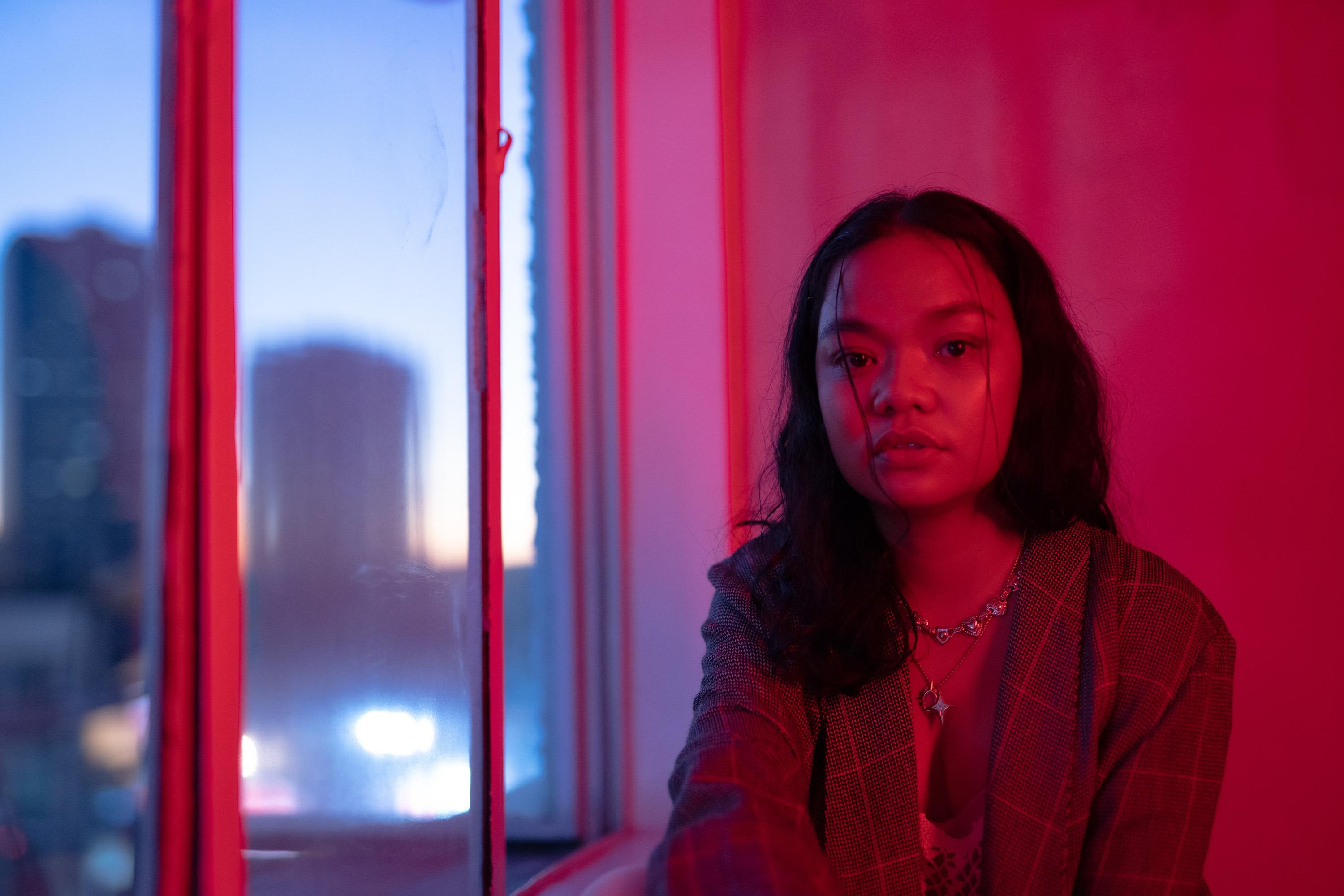Chai Fonacier is all peopled out
“All peopled out.”
It is an apt description for what Chai Fonacier is feeling right now. The 36-year-old actress is busy filming episodes of the GMA-7 TV show “Maria Clara at Ibarra,” a fantasy drama based on the novels of Jose Rizal. The show — perhaps the first breakthrough local soap opera of the pandemic era — has announced that it is in its last month of airing. Fonacier has also been promoting “Nocebo,” the Irish-Filipino psychological thriller film directed by Lorcan Finnegan, which was released in Philippine theaters earlier this month.
“I’m still anxious with how ‘Nocebo’ is being received and what people think about the film,” she says of its local release. She acknowledges that the film has been generally “received nicely.” “But you know how cinemas are these days,” Fonacier adds.
This anxiety over local reception for “Nocebo,” coupled with her regular TV work as Lucia in “Maria Clara at Ibarra,” prompts her to describe the past few weeks as “pretty exhausting.” But she probably wouldn’t have it any other way. As an actor and artist who has been working in entertainment since the 2000s, Fonacier knows she is lucky to be part of the projects she has been working on.
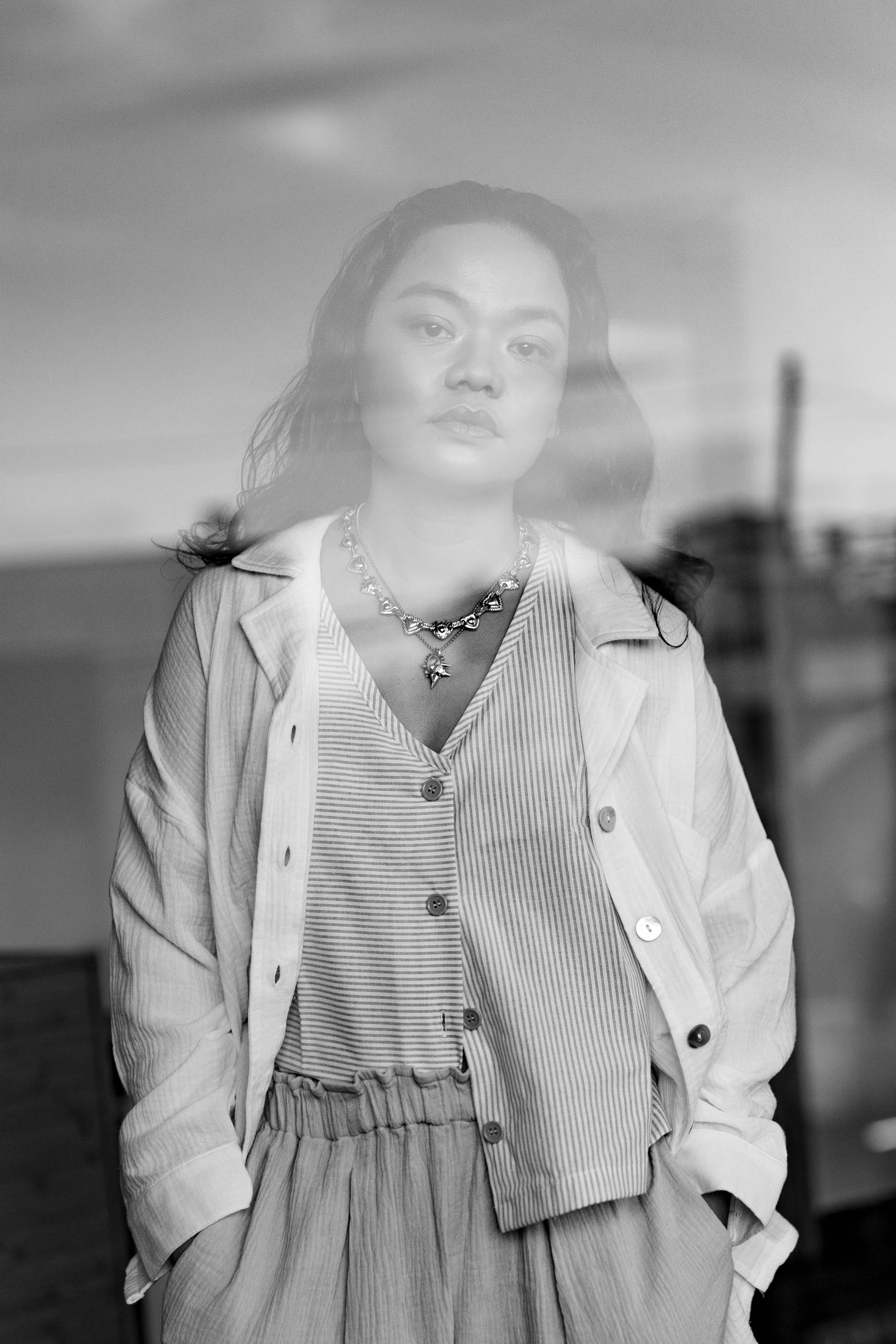
On Chai Fonacier: Jewelry from SOUVENIR and JOYCE MAKITALO, Button down, top and pants from RENEGADE FOLK. Photo by RALPH MENDOZA
For instance, Fonacier is happy to be part of “Maria Clara at Ibarra.” While the show, a historical portal drama that features Klay (played by Barbie Forteza) transported into the world of “Noli Me Tangere” and “El Filibusterismo,” has some fantasy and romance elements, it still manages to present to a young, modern audience the sociopolitical messages of Rizal’s novels.
“You have kids who want to read the books now instead of it just being shoved down their throats in high school in a very boring way of pagtuturo," she says. "I hope it’s not as boring anymore, how schools are currently teaching it. Kasi kwento siya e, kaya kailangan mo siyang ikwento, di ba."
Born and raised in Cagayan de Oro but based in Cebu from college until 2016, Fonacier knew she had an inclination for performing since she was a child. She took a communications course at the University of the Philippines Cebu, inspired by journalist Maria Ressa’s work for CNN. She thought she was going to be a documentary filmmaker.
“I remember seeing Maria Ressa and hearing her say, ‘This is Maria Ressa, CNN News.’ [and telling myself] ‘Bitch I want to be like that.’ But by the time I got to college I discovered that I had other interests,” she said. That interest was music and singing. She also did acting on the side as part of theater guilds in Cebu.
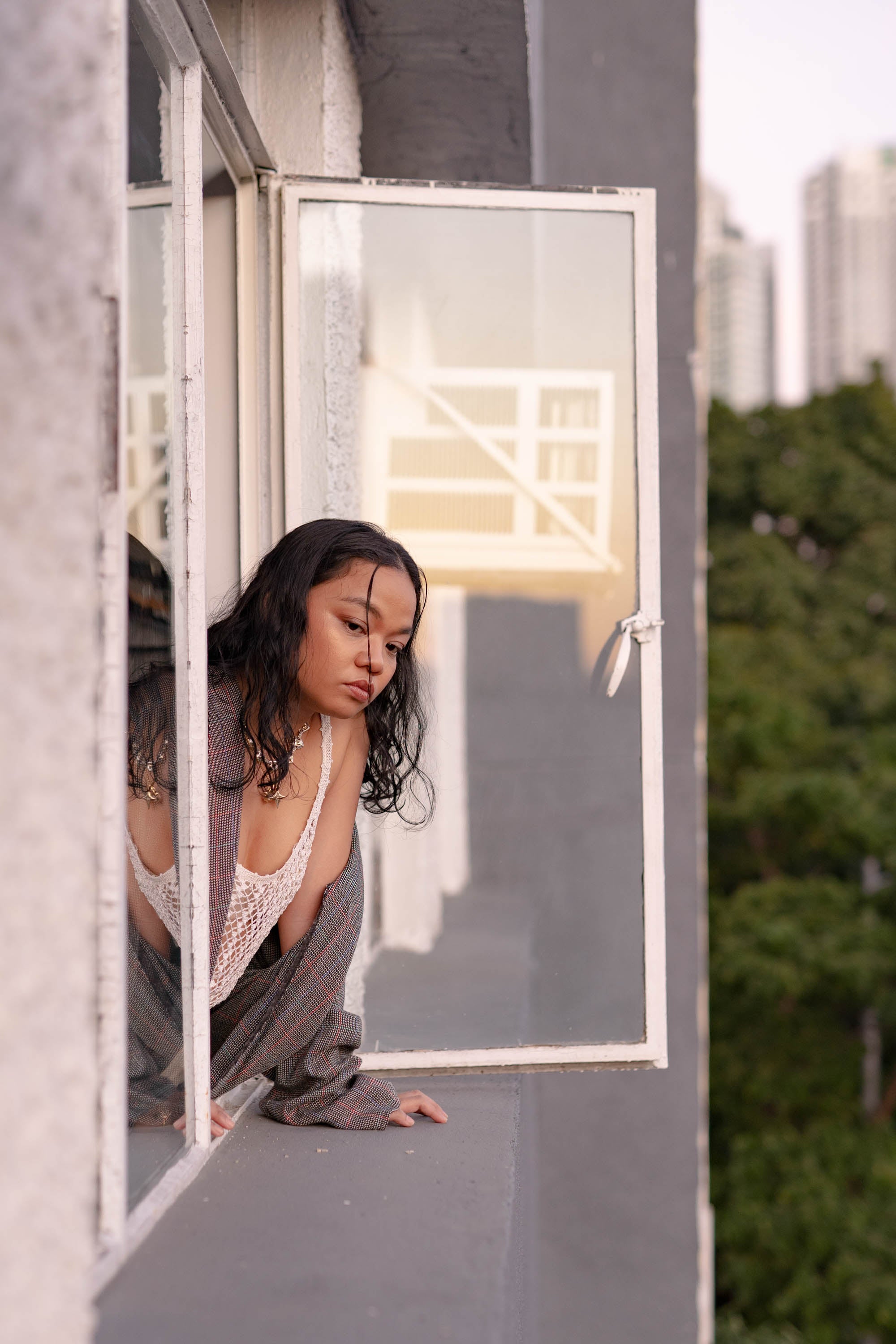
On Chai Fonacier: Jewelry from SOUVENIR and JOYCE MAKITALO, Top from IT'S VINTAGE. Photo by RALPH MENDOZA
“I thought I was going to be in music — that’s where I was focusing my efforts on. I had bands. I had writing,” she says. She joined ABS-CBN’s reality singing competition “Pinoy Dream Academy,” where she auditioned upon the prodding of a friend. At the time, she worked as a writer-researcher for ABS-CBN regional office in Cebu. “Pinoy Dream Academy” had a concept similar to “Pinoy Big Brother” — a group of people inside a house monitored by cameras 24/7. But it had a singing competition component ala “American Idol." It was popular enough to turn Yeng Constantino, the song’s eventual winner into a music star, and give the rest of the contestants some attention. Fonacier admits she didn’t like talking about the show, wanting to be taken seriously as a musician outside the reality TV box instead. It also soured her from returning to Manila to pursue her music. “By the time I came back (from the show) all disheveled like [a] rag doll, I was like, ‘Where did I just go, and what did I just do? I don’t want to go back there anymore,’” she said.
“I didn’t want to go back here for years. People were trying to convince me to go back to Manila, ‘that’s where you might thrive.’ I was like, nope. I will not do it.”
But her college schoolmate Ara Chawdhury asked her to be part of her film “Miss Bulalacao,” which was part of the 2015 Cinema One Originals film festival. “Long. story short, it snowballed from there. You think your ship is going this way but the winds and waves are taking you that way. And you’re like, okay, I guess I’m going there,” she said. “Acting, I thought I would do on the side, along with my day job, while I wait for my music career to flourish. And then 2015 happened, and the films happened, and I was like, alright. Let’s try this.”
For her work in “Miss Bulalacao,” she won the 2015 Cinema One Originals Best Supporting Actress award — thus giving birth to Chai Fonacier, the actor.
Fonacier has had an interesting filmography, informed by her belief that artists should tell stories from home, from our community, from our country. “Continue to tell stories from home, our truth is there, our truth of who we are is there,” she said during a talk in Dumaguete in 2019.
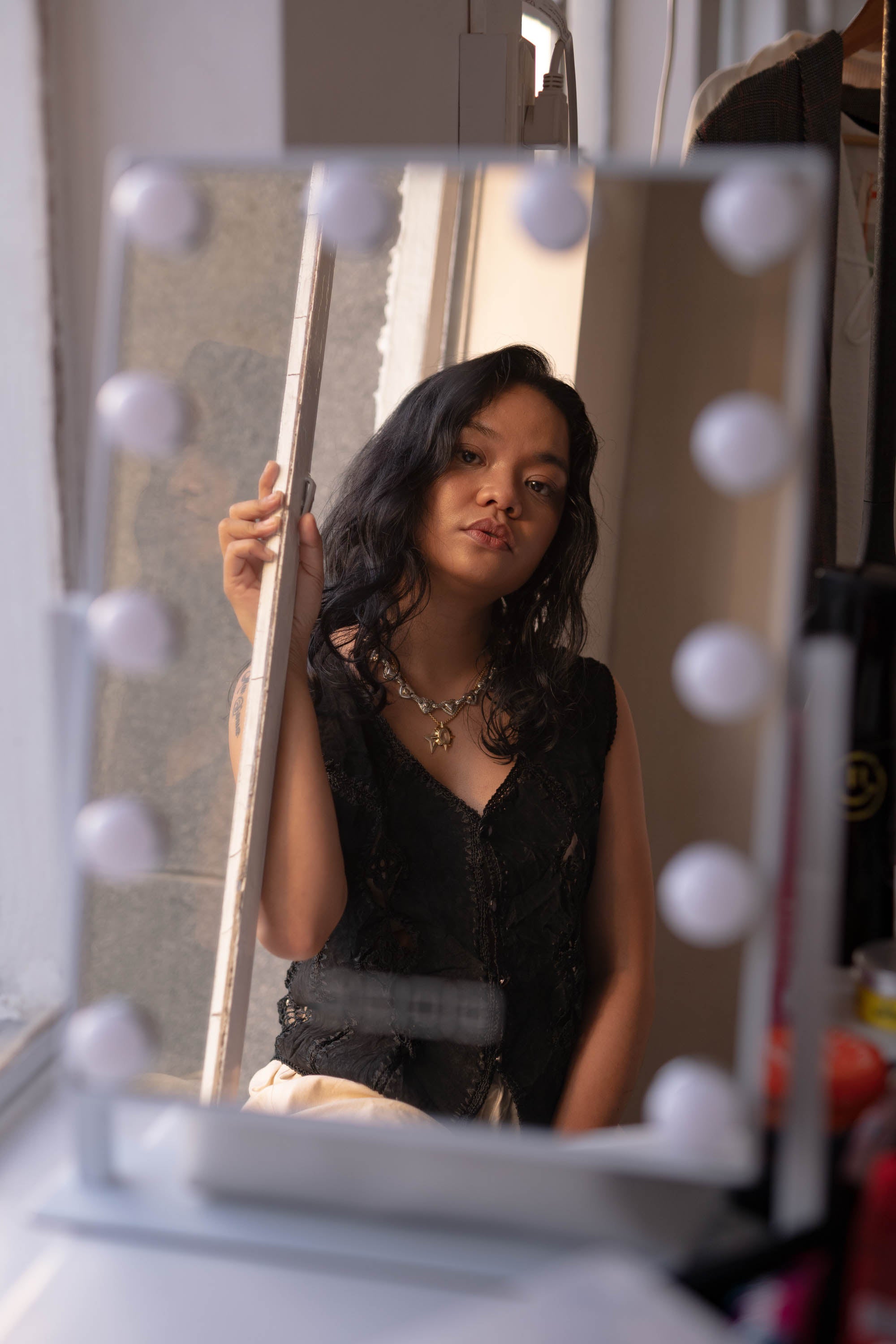
On Chai Fonacier: Jewelry from SOUVENIR and JOYCE MAKITALO, Vest from IT'S VINTAGE, Shorts from RENEGADE FOLK. Photo by RALPH MENDOZA
Of course, she has done support work in her TV and movie career. But her most notable performances are those that tell personal stories from a very specific point of view or locale. “Patay Na Si Hesus,” an audience favorite during the 2017 Pista ng Pelikulang Pilipino film festival, is a story about family in Cebu on a road trip to attend the funeral of their father — it’s a movie that opened the eyes of the Metro Manila-centric entertainment industry that there are stories from the regions that should be told to a wider audience. Even “Nocebo" — while primarily made for an international audience (it was acquired by Shudder, a US streaming service featuring primarily horror, thriller, and supernatural titles) — tells a very local story: Eva Green’s Christine is suffering from a mysterious illness when Fonacier's Diana arrives at her house, claiming to be a caregiver she hired. What ensues is a story that features Filipino folklore and even a reference to the Kentex slipper factory fire in 2015, considered as one of the worst fire incidents in the country. She also finished work on a Malaysian film titled “Franklin” last year. "My role there is a prostitute who helps out the main character na napadpad doon by some twist of fate. And ang background din ng character niya is that she is actually part of the local mafia. Interesting din siya in a way," Fonacier said in an interview.
Some may think “Nocebo” is her breakthrough, her most important work. It’s easy to make this mistake. The film has gotten her good notices from the international movie press — the New York Times singled her out in its review of the film, calling her an “excellent actor” with a “knack for coiled tension.” It’s also easy to conflate Fonacier’s appearance in the international movie as part of Philippine actors and movies’ recent emergence in the international movie scene. For instance, during the screening of “Nocebo” for the local movie press this month, Fonacier was asked about Dolly de Leon’s awards season campaign for her performance in “Triangle of Sadness.” She was even asked if there is pressure to equal or surpass De Leon’s success. Fonacier said that there is no pressure, that she is happy to be able to contribute to the movie industry and improve her craft.

On Chai Fonacier: Jewelry from SOUVENIR and JOYCE MAKITALO, Top from IT'S VINTAGE. Photo by RALPH MENDOZA
If Fonacier is getting good notices now, it isn’t so much a culmination of her years of hard work. It isn’t a story of a Filipino actress finally getting her due. Rather, it’s a story of an artist who has fought to remain in control of her art and her craft — always aware of the stories she wants to tell as an actor, continuously doing the good work she has been known for since she started her career as an actress. At her core is the belief in the power of good storytelling, especially in “pursuit of truth” and in speaking “truth to power.” Since her breakout performance in “Miss Bulalacao,” Fonacier has been advocating for more regional stories to be told in Philippine media. “Dapat tayo may pakialam kasi mga kapitbahay natin ito. Either nangyayari ito sa mga kapitbahay natin or sa atin mismo.”
She knows that art and storytelling alone will not solve the problems of the world. “But it can help,” Fonacier says, particularly in keeping important conversations about “the plight of people whose experiences the majority may not understand.” “When we help push for human rights through stories, we encourage other people to think more deeply about these things to understand that they are not separate from these issues, they are not separate from the society that they live in.”
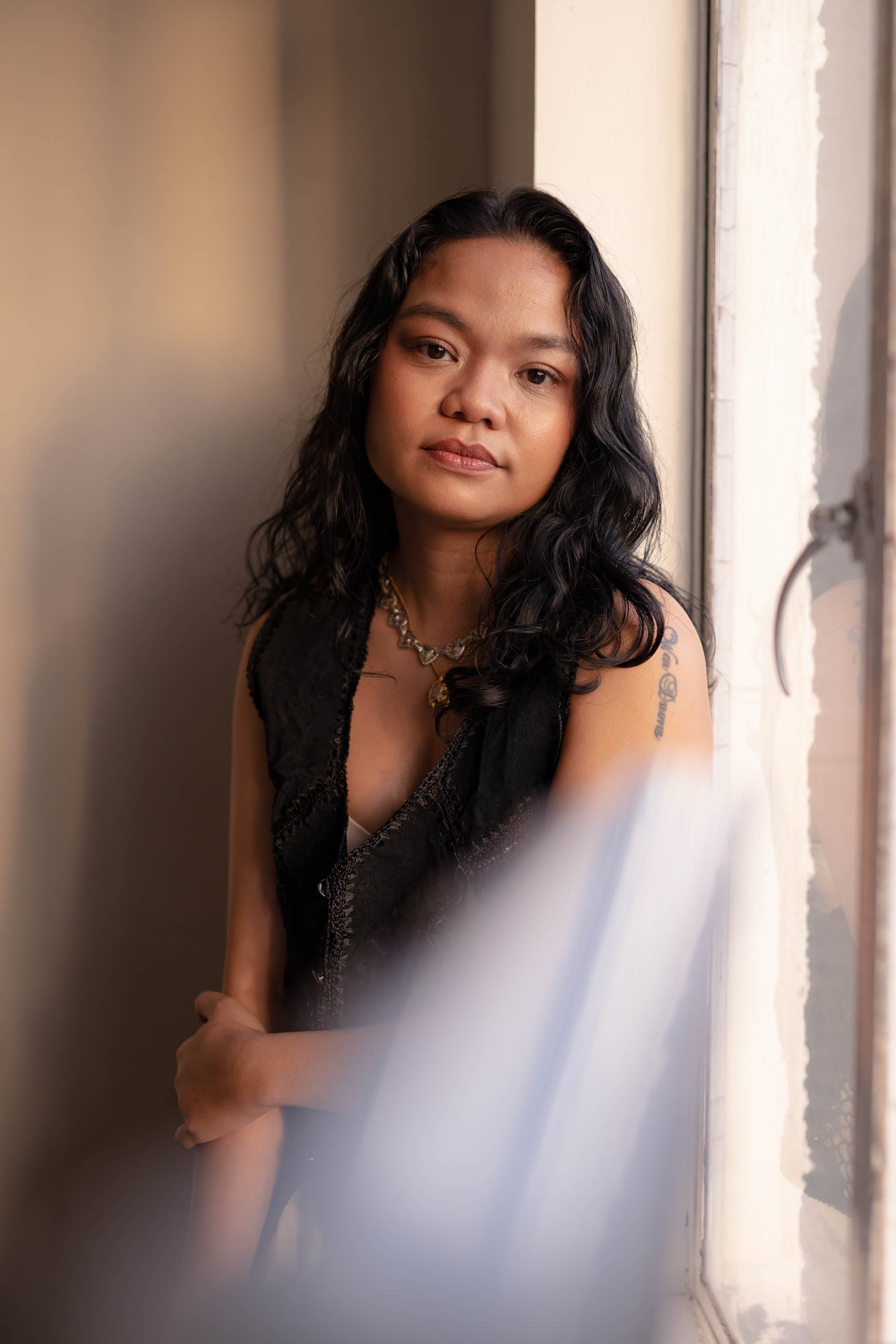
On Chai Fonacier: Jewelry from SOUVENIR and JOYCE MAKITALO, Vest from IT'S VINTAGE, Shorts from RENEGADE FOLK. Photo by RALPH MENDOZA
Fonacier adds: “It’s good to keep telling stories from our vantage point because it pushes for empathy. And I hope, eventually, a sense of kapwa where it pulls us away from this hyper individualistic view of our participation in the country. That’s why I think stories are very important.”
With “Nocebo” finishing its theatrical run in the Philippines and “Maria Clara at Ibarra” down to its last few weeks, Fonacier said she is still waiting for her next project. During her local promo for “Nocebo,” Fonacier told the press that she has an agent in the United Kingdom. She revealed that she did auditions for projects last year. “Audition lang nang audition, you never know,” Fonacier says.
“Hire me, people. That’s my next project. Hire me, people,” she says.
But, the artist that is she, Fonacier is not slowing down. She plans to explore a side of her she has not tapped into in a while: her music “On the way here, actually, I was very surprised to rediscover this little part of me that’s been silent for quite a long time. I haven’t been writing songs anymore. I haven’t been playing gigs, I haven’t been performing… Eventually, halfway through the trip coming here [to the shoot], I started to relax and I started to write again.”
“But first, somebody has to hire me for their projects so I have money for my music,” Fonacier adds.
With what she has already shown us the past few years, it’s certain that this next big thing is just around the bend for Chai Fonacier. And we cannot wait.
***
Photos by RALPH MENDOZA
Styling by SAM POTENCIANO
Hair and makeup by IDA SIASOCO
Produced by DON JAUCIAN and GABY GLORIA
Cover design by THE PUBLIC SCHOOL MANILA
Videos by SAMANTHA LEE
On the cover: Chai Fonacier is wearing Jewelry from SOUVENIR and JOYCE MAKITALO and a top from IT'S VINTAGE.

